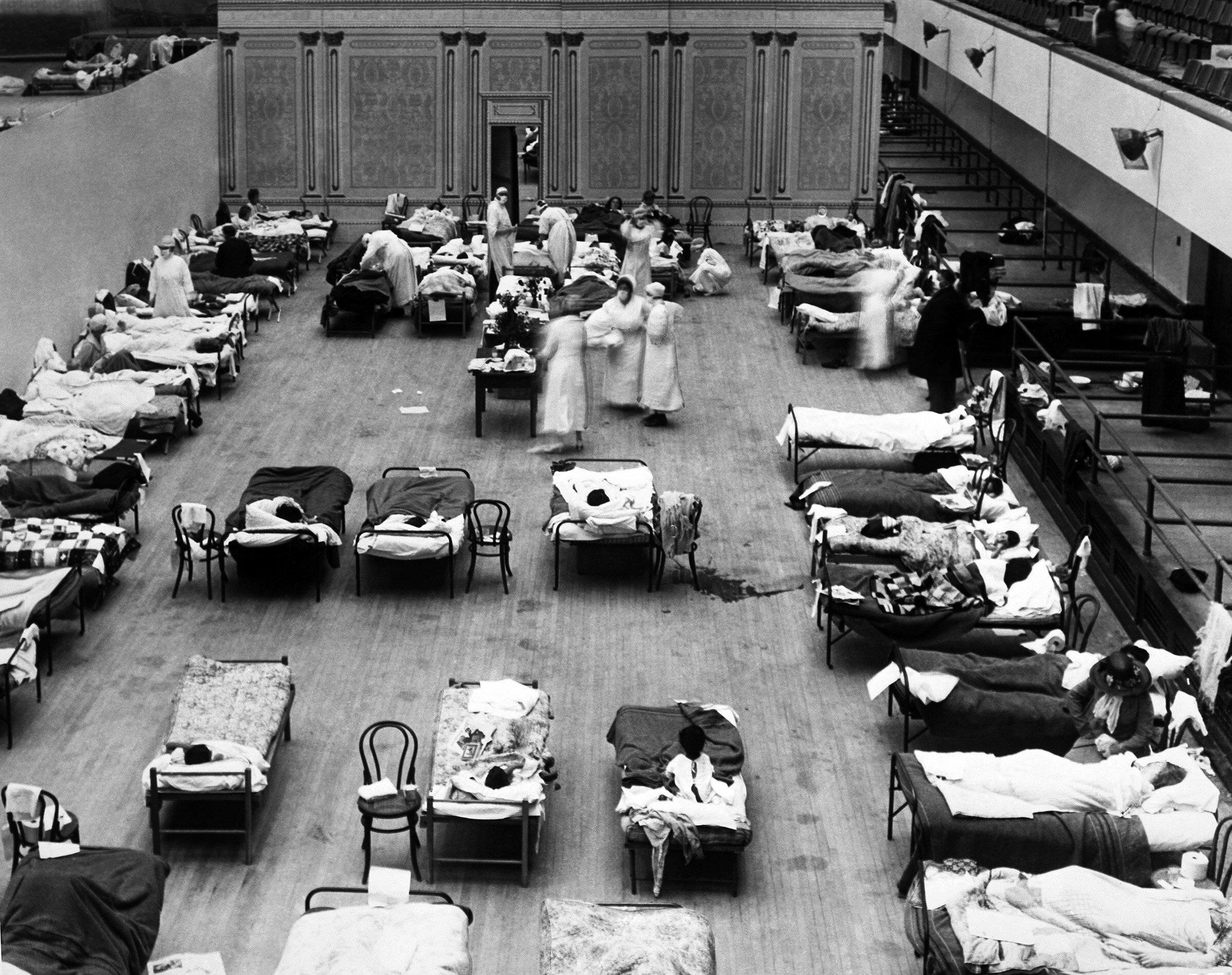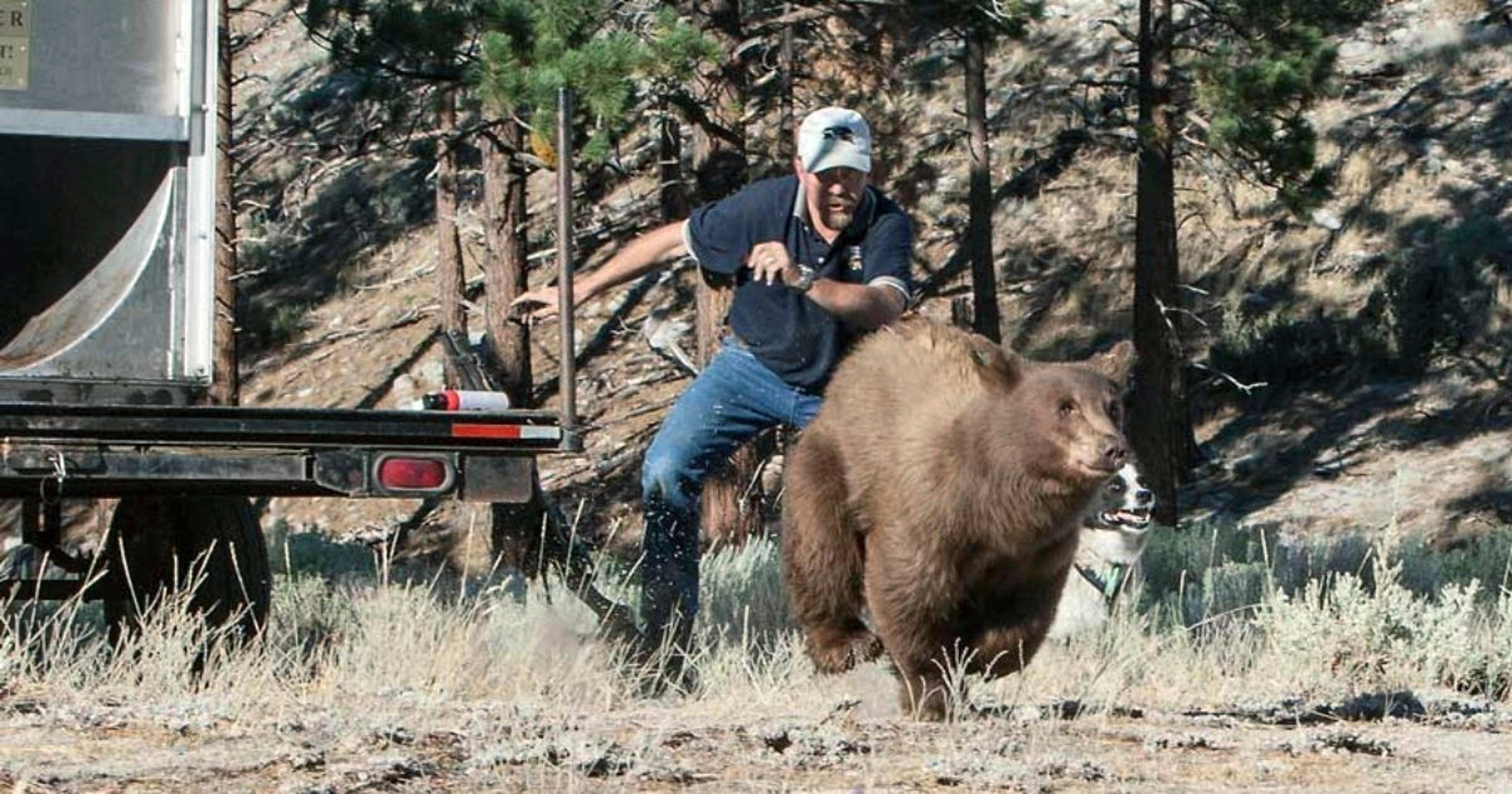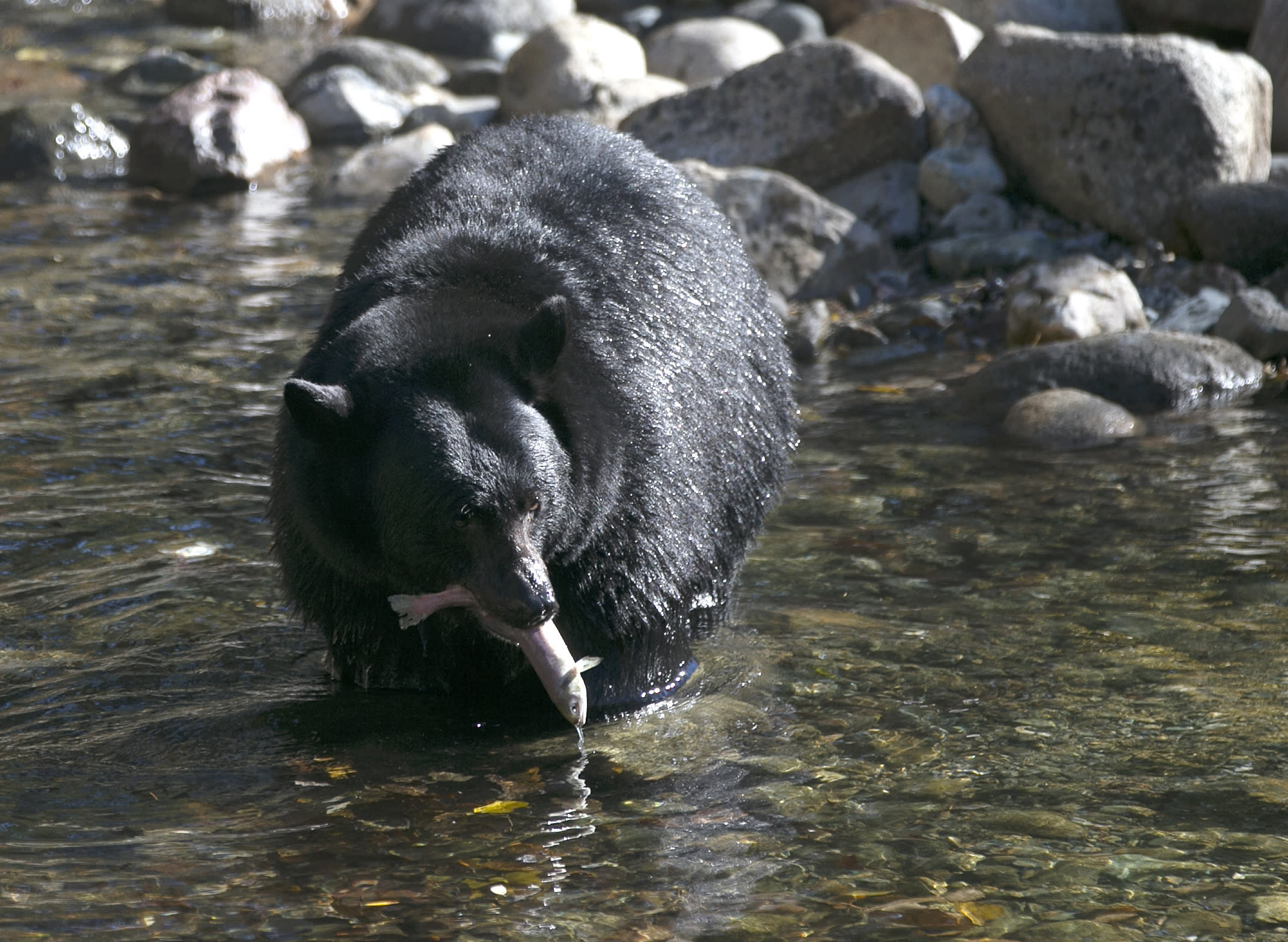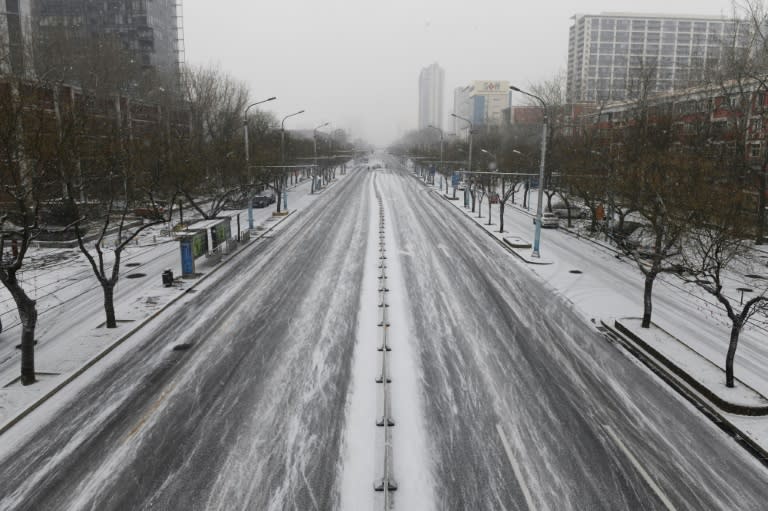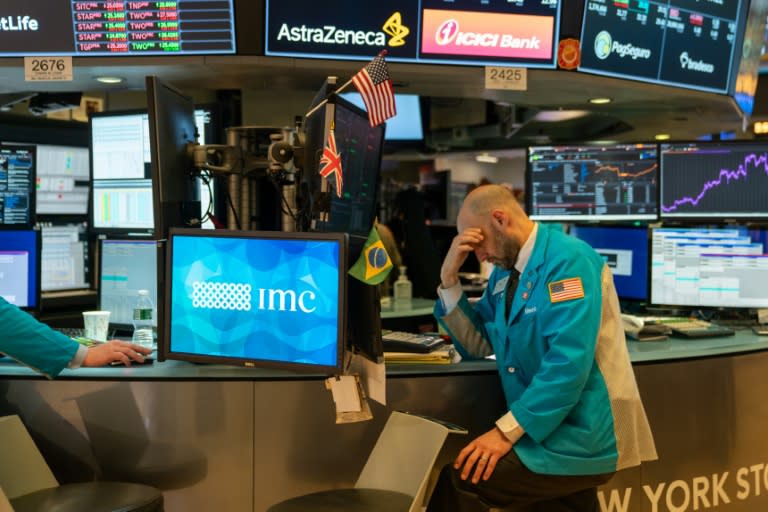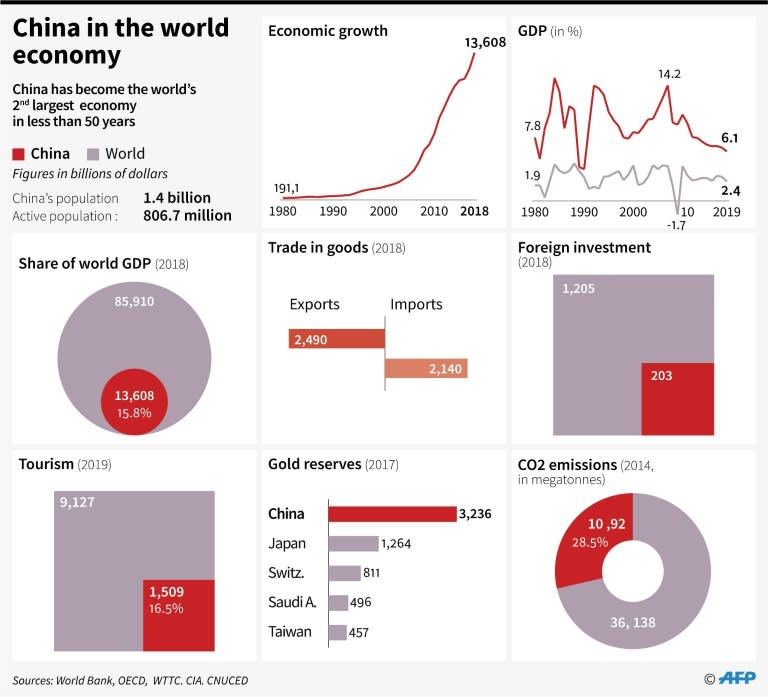OPINION (FROM THE RIGHT)
In Pennsylvania, natural gas industry prepares for battle
“There are true liberals who believe in individual rights,” he said. "But then, there's this extremist leftist elite whose common trait is that they are anti-capitalist, anti-middle class, anti-individual, and frankly, anti-American."
by Salena Zito| WASHINGTON EXAMINER, March 07, 2020
CANONSBURG, Pennsylvania — After years of ideologues and elites using the natural gas industry as a punching bag for politics and climate change activism, Nick DeIuliis, the CEO of CNX Resources, one of the largest natural gas producers in Western Pennsylvania, has had enough.
In remarks at a Rotary Club speech at the storied William Penn Hotel in downtown Pittsburgh last week, the blue-collar man who earned degrees in engineering and law, and his job at the top, decided to speak out to defend an industry that has become a regional economic game-changer.
“Natural gas and manufacturing have been demonized and ridiculed on a consistent and regular basis by a cabal of misguided, insulated elites,” DeIuliis stated in his speech in front of 80 of the region’s top business and professional leaders.
The usually reserved DeIuliis said in an interview with the Washington Examiner after the event that he had decided to speak out because he was tired of the natural gas and manufacturing industries being held to a completely different standard than other industries, tired of being used a political wedge issue, and tired of the people working with him being portrayed as the enemy of the well-being of our climate.
It is a stand in this lead-up to the presidential contest in the fall that a variety of local Democrats and Republicans will consider a blueprint for how to stand up to elites.
In the speech, the well-respected business leader took umbrage with how the mayor of Pittsburgh, William Peduto, has used the industry as a personal weapon. He was referring to Peduto’s speech last fall to environmental groups, in which he advocated a ban on further petrochemical development in the region.
DeIuliis also took aim at some of the public pension managers and foundations that are divesting their fossil fuel investments, as well as tech giants who, on the one hand, say they are doing this to save the climate even as they help China — far and away the world's largest carbon polluter — silence its pro-democracy youth.
“It is an inconsistent standard: Either they are going to divest of all Chinese companies in their portfolio and fossil fuels or they are going to divest of neither," he said. "You can't be holding an industry or a company that you know today is doing harm to you or to your fiduciaries, your retirees, your university, or your endowment when you're then turning around and saying, ‘But on this one (natural gas), we need to divest immediately, because 20 years from now, there could be a problem, although I can't quantify it today.’”
"I care about the company," he said. "I care about my team, my fellow employees, and I care about the industry. But I'm also approaching what I'm doing here as a long-standing member of a regional community that I care a lot about and I dearly love."
As a science and logic guy who is increasingly going up against dogma and ideology, DeIuliis said he has to go against his shy nature and speak out for his industry that has been widely slandered and misunderstood.
“Natural gas has not just been a massive success for the region, it has been a massive success for our country and the world," he said. "I want to set the story straight on what's occurring with this industry. It is disruptive technology; not since Jonas Salk has this region been able to deliver as positive of a step change to society as what it's been able to do with natural gas."
Pennsylvania is now the second-biggest state producer of natural gas (after Texas), having gone from producing almost no shale gas at all in 2007 to more than 6 trillion cubic feet in 2016. Oil and gas supported an estimated 323,000 jobs in Pennsylvania in 2015, according to a PriceWaterhouseCoopers study commissioned by an industry trade group.
Democrats running for president this past year have vacillated between a number of candidates who plan to destroy or cripple the shale oil and gas industry, and it hasn't escaped DeIuliis's notice. That includes Elizabeth Warren and Bernie Sanders, who both promised to ban fracking on day one of their administrations. Joe Biden has done a dance on the issue, calling the Green New Deal “a crucial framework,” saying he would be willing to sacrifice jobs in the oil and gas industries to transition to a green economy, and supporting “aggressive methane pollution limits” and tight regulations on the sector.
“While I have used the words extremist and leftist to described the haters of this industry, this is not a partisan issue," said DeIuliis. "I'm not going after Democrats. I think there are Democrats in this region, thank God we've got them, that have been huge supporters and drivers of the extended family of natural gas,” he said.
“There are true liberals who believe in individual rights,” he said. "But then, there's this extremist leftist elite whose common trait is that they are anti-capitalist, anti-middle class, anti-individual, and frankly, anti-American."
The natural gas industry will certainly be at the center of American politics in this presidential cycle, particularly because of the importance Pennsylvania has in deciding who will win the presidency.
No Democrat has won the White House without Pennsylvania since John Kennedy in 1960; Republicans don’t need it to win, but they did succeed in winning the state for the first time since 1988 when President Trump, a vocal supporter of the industry, won it in 2016 by 40,000 votes.
Places such as Western Pennsylvania, which helped carry Trump over the finishing line, will be closely monitoring how Biden, who appears at the moment likely to win the nomination, is able to satisfy the climate change elite of his party while holding the support of labor and suburban voters who benefit from the industry.
That makes this area central to how this state is won — and DeIuliis's words all that more important.
CANONSBURG, Pennsylvania — After years of ideologues and elites using the natural gas industry as a punching bag for politics and climate change activism, Nick DeIuliis, the CEO of CNX Resources, one of the largest natural gas producers in Western Pennsylvania, has had enough.
In remarks at a Rotary Club speech at the storied William Penn Hotel in downtown Pittsburgh last week, the blue-collar man who earned degrees in engineering and law, and his job at the top, decided to speak out to defend an industry that has become a regional economic game-changer.
“Natural gas and manufacturing have been demonized and ridiculed on a consistent and regular basis by a cabal of misguided, insulated elites,” DeIuliis stated in his speech in front of 80 of the region’s top business and professional leaders.
The usually reserved DeIuliis said in an interview with the Washington Examiner after the event that he had decided to speak out because he was tired of the natural gas and manufacturing industries being held to a completely different standard than other industries, tired of being used a political wedge issue, and tired of the people working with him being portrayed as the enemy of the well-being of our climate.
It is a stand in this lead-up to the presidential contest in the fall that a variety of local Democrats and Republicans will consider a blueprint for how to stand up to elites.
In the speech, the well-respected business leader took umbrage with how the mayor of Pittsburgh, William Peduto, has used the industry as a personal weapon. He was referring to Peduto’s speech last fall to environmental groups, in which he advocated a ban on further petrochemical development in the region.
DeIuliis also took aim at some of the public pension managers and foundations that are divesting their fossil fuel investments, as well as tech giants who, on the one hand, say they are doing this to save the climate even as they help China — far and away the world's largest carbon polluter — silence its pro-democracy youth.
“It is an inconsistent standard: Either they are going to divest of all Chinese companies in their portfolio and fossil fuels or they are going to divest of neither," he said. "You can't be holding an industry or a company that you know today is doing harm to you or to your fiduciaries, your retirees, your university, or your endowment when you're then turning around and saying, ‘But on this one (natural gas), we need to divest immediately, because 20 years from now, there could be a problem, although I can't quantify it today.’”
"I care about the company," he said. "I care about my team, my fellow employees, and I care about the industry. But I'm also approaching what I'm doing here as a long-standing member of a regional community that I care a lot about and I dearly love."
As a science and logic guy who is increasingly going up against dogma and ideology, DeIuliis said he has to go against his shy nature and speak out for his industry that has been widely slandered and misunderstood.
“Natural gas has not just been a massive success for the region, it has been a massive success for our country and the world," he said. "I want to set the story straight on what's occurring with this industry. It is disruptive technology; not since Jonas Salk has this region been able to deliver as positive of a step change to society as what it's been able to do with natural gas."
Pennsylvania is now the second-biggest state producer of natural gas (after Texas), having gone from producing almost no shale gas at all in 2007 to more than 6 trillion cubic feet in 2016. Oil and gas supported an estimated 323,000 jobs in Pennsylvania in 2015, according to a PriceWaterhouseCoopers study commissioned by an industry trade group.
Democrats running for president this past year have vacillated between a number of candidates who plan to destroy or cripple the shale oil and gas industry, and it hasn't escaped DeIuliis's notice. That includes Elizabeth Warren and Bernie Sanders, who both promised to ban fracking on day one of their administrations. Joe Biden has done a dance on the issue, calling the Green New Deal “a crucial framework,” saying he would be willing to sacrifice jobs in the oil and gas industries to transition to a green economy, and supporting “aggressive methane pollution limits” and tight regulations on the sector.
“While I have used the words extremist and leftist to described the haters of this industry, this is not a partisan issue," said DeIuliis. "I'm not going after Democrats. I think there are Democrats in this region, thank God we've got them, that have been huge supporters and drivers of the extended family of natural gas,” he said.
“There are true liberals who believe in individual rights,” he said. "But then, there's this extremist leftist elite whose common trait is that they are anti-capitalist, anti-middle class, anti-individual, and frankly, anti-American."
The natural gas industry will certainly be at the center of American politics in this presidential cycle, particularly because of the importance Pennsylvania has in deciding who will win the presidency.
No Democrat has won the White House without Pennsylvania since John Kennedy in 1960; Republicans don’t need it to win, but they did succeed in winning the state for the first time since 1988 when President Trump, a vocal supporter of the industry, won it in 2016 by 40,000 votes.
Places such as Western Pennsylvania, which helped carry Trump over the finishing line, will be closely monitoring how Biden, who appears at the moment likely to win the nomination, is able to satisfy the climate change elite of his party while holding the support of labor and suburban voters who benefit from the industry.
That makes this area central to how this state is won — and DeIuliis's words all that more important.
---30---
